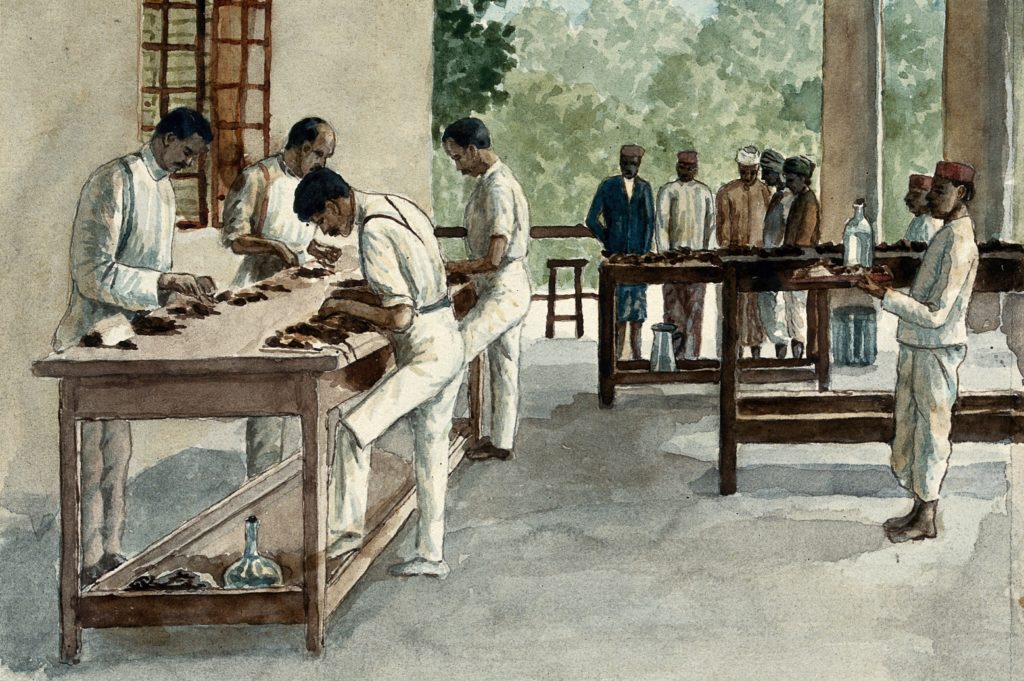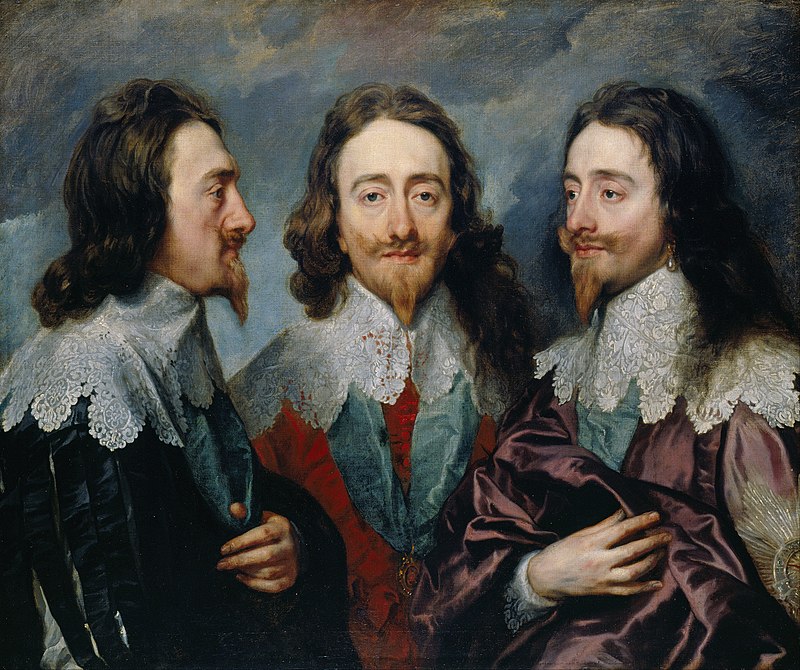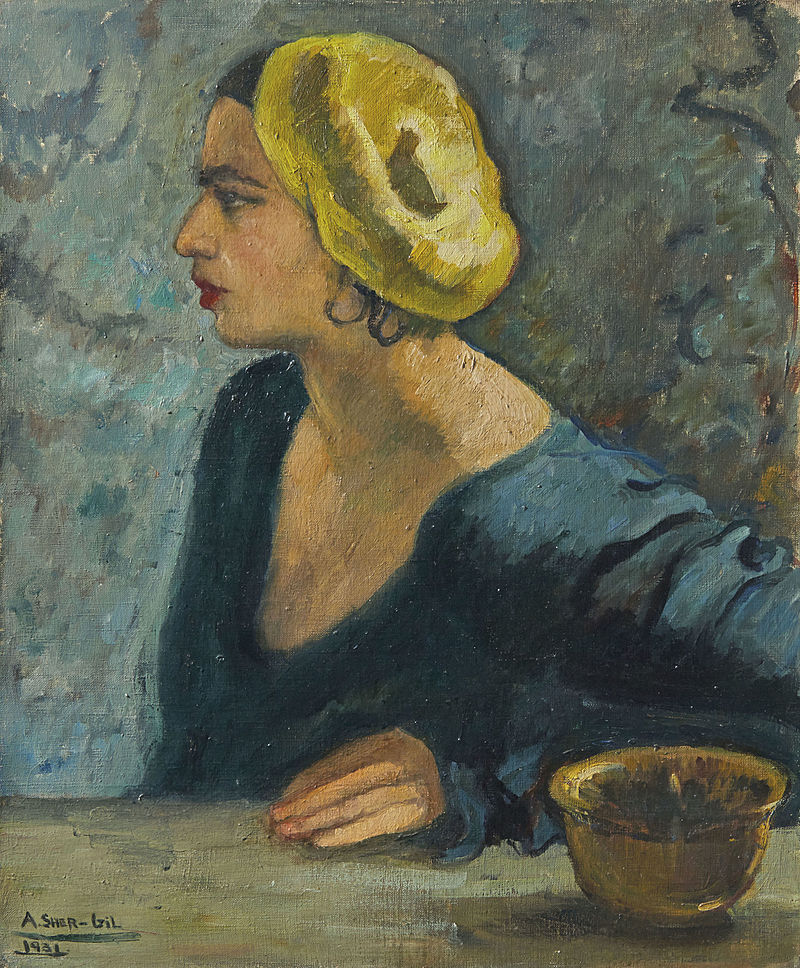
I’ve been writing this from April to July 2020, when the world is in the midst of the COVID-19 pandemic.
Amidst all of the fears and frustrations and disruptions of the everyday, I’ve been finding some comfort in the art and visual culture that came out of previous pandemics and epidemics from history. The Black Death used to feel like a distant historical curiosity; now, I can start to understand even a little bit of what the atmosphere might have been like.
Below, I want to take you through the diverse, beautiful, interesting, and, unfortunately, relatable art history of seven of the deadliest pandemics and epidemics throughout history, from the 100s to present day. I hope it brings some perspective or enjoyment during the strange times we’re in.




